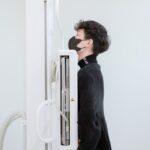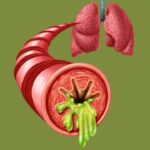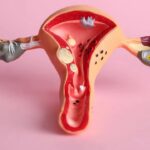The cervical vertebrae are a vital part of the spine, playing a central role in supporting head movement and protecting the spinal cord. However, this area is also highly susceptible to musculoskeletal disorders, which can lead to chronic neck pain, limited mobility, and reduced quality of life. A clear understanding of the structure and function of the cervical vertebrae, as well as potential health issues, is essential for early detection and effective treatment.
1. What Is the Spine?
The spine, or vertebral column, is the main structural support of the body. It connects all vertebrae together to form a flexible yet strong central axis, allowing for various movements such as walking, bending, twisting, and sitting upright. In addition to providing support, the spine also protects the spinal cord – a critical pathway that transmits signals between the brain and the rest of the body. Any injury to the spinal cord can severely impair movement and neurological function.
2. What Are the Cervical Vertebrae?
The cervical vertebrae consist of the first seven vertebrae at the top of the spine, beginning just below the skull. These vertebrae form a gentle C-shaped curve and are subdivided into two regions:
– Upper cervical spine (C1–C2):
C1, known as the atlas, and C2, the axis, differ structurally from the rest. They allow a greater range of head rotation thanks to their unique pivot-like design.
– Lower cervical spine (C3–C7):
These vertebrae have a typical structure, with vertebral bodies in the front and bony arches in the back that form the spinal canal.
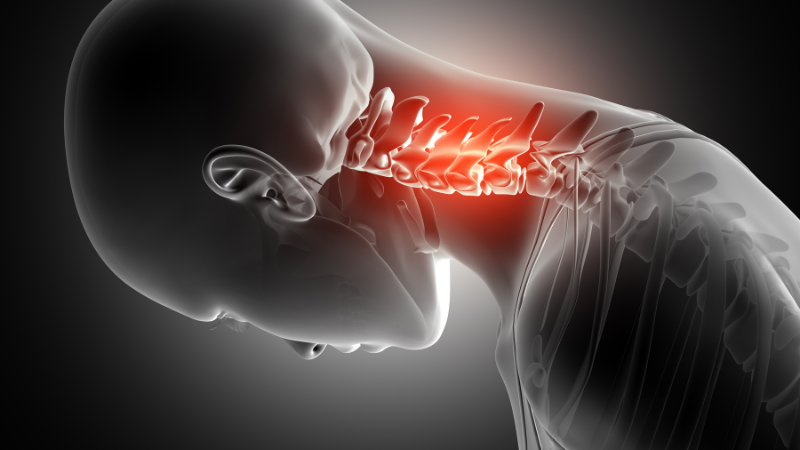
The cervical spine consists of the first seven vertebrae.
3. Anatomical Characteristics of the Cervical Vertebrae
3.1 General Features
Cervical vertebrae have a flat, wide body and a triangular vertebral foramen. A distinguishing feature is the presence of transverse foramina in each vertebra, through which the vertebral arteries pass to supply blood to the brain.
Each transverse process ends in two tubercles (anterior and posterior), and a groove on the superior surface allows passage of spinal nerves. The facet joints are flat, allowing for a broad range of motion but also increasing vulnerability to wear and tear.
3.2 Unique Characteristics of Specific Vertebrae
C1 (Atlas): Lacks a vertebral body. It forms a ring with anterior and posterior arches and articulates with the occipital bone of the skull and the C2 vertebra. It allows the nodding motion of the head.
C2 (Axis): Contains a prominent bony projection called the “dens” or “odontoid process,” which fits into C1, enabling head rotation.
C4: Noted for its wider transverse processes, which may come close to or even compress the nearby carotid artery in rare cases.
C7 (Vertebra Prominens): Easily palpable through the skin due to its prominent spinous process. It marks the transition between the cervical and thoracic spine and often has smaller or absent transverse foramina.
4. Common Disorders Involving the Cervical Vertebrae
4.1 Cervical Spondylosis
This age-related degenerative condition affects many individuals over the age of 40. It is caused by the gradual wear of intervertebral discs and facet joints, leading to stiffness, neck pain, and even radiating discomfort down the arms. In severe cases, patients may experience dizziness, headaches, and difficulty with neck flexion or rotation.

Cervical spine degeneration is a common condition.
4.2 Cervical Spine Inflammation
Inflammation of the cervical vertebrae can lead to frequent, intense neck and shoulder pain. If left untreated, it may radiate to both shoulder blades. Diagnosis should be confirmed by a specialist through imaging studies and clinical evaluation.
4.3 Cervical Bone Spurs
Bone spurs can develop as a result of prolonged degeneration of the cervical vertebrae, especially in people over 50. Symptoms include sharp, electric-shock-like pain from the neck down to the upper back, worsened by movement. Severe cases may interfere with sleep, concentration, and daily function.
5. When to Seek Medical Attention
Persistent or worsening neck pain should not be ignored. It may signal an underlying disorder of the cervical vertebrae. Visiting a specialized musculoskeletal clinic equipped with advanced diagnostic tools is essential for accurate diagnosis and timely treatment.
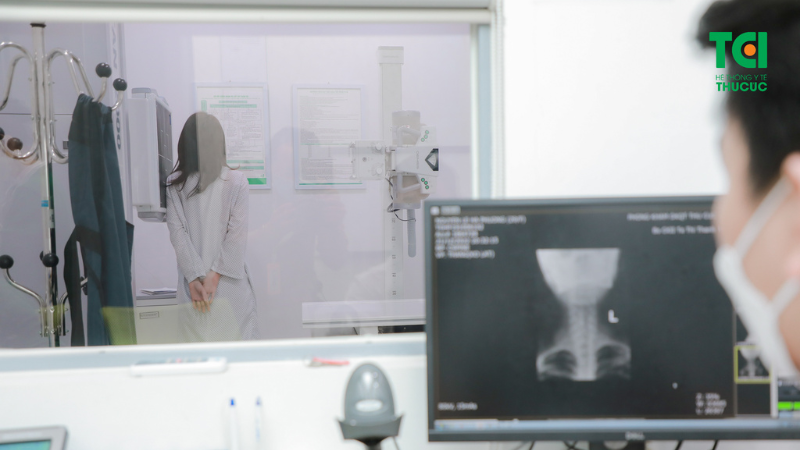
Patients should visit an musculoskeletal specialist for accurate diagnosis.
At TCI – Thu Cuc Healthcare System, patients experiencing cervical spine issues are evaluated by experienced musculoskeletal specialists and benefit from comprehensive diagnostic and therapeutic services. To schedule an appointment, contact our hotline for prompt and professional care.





